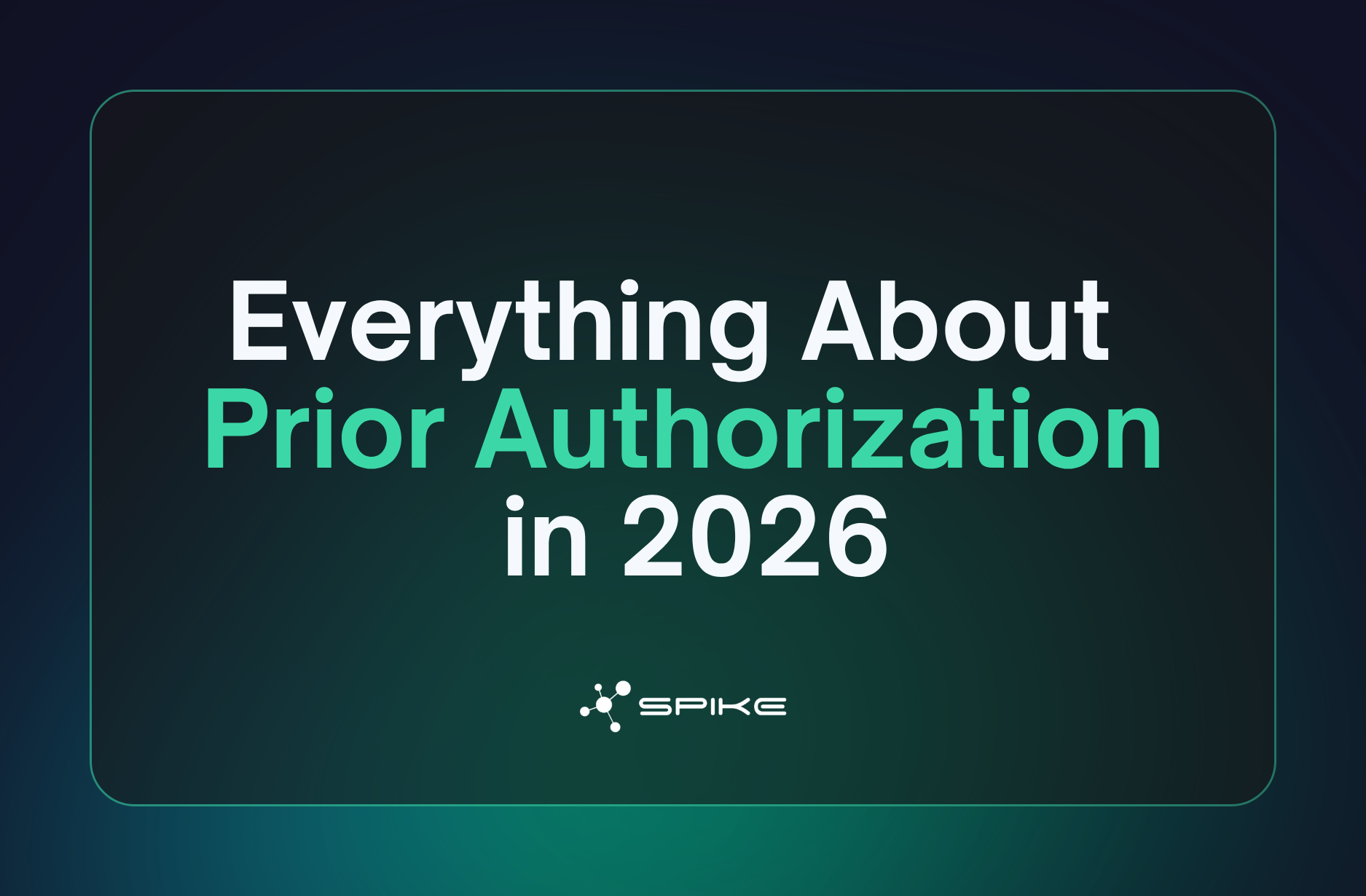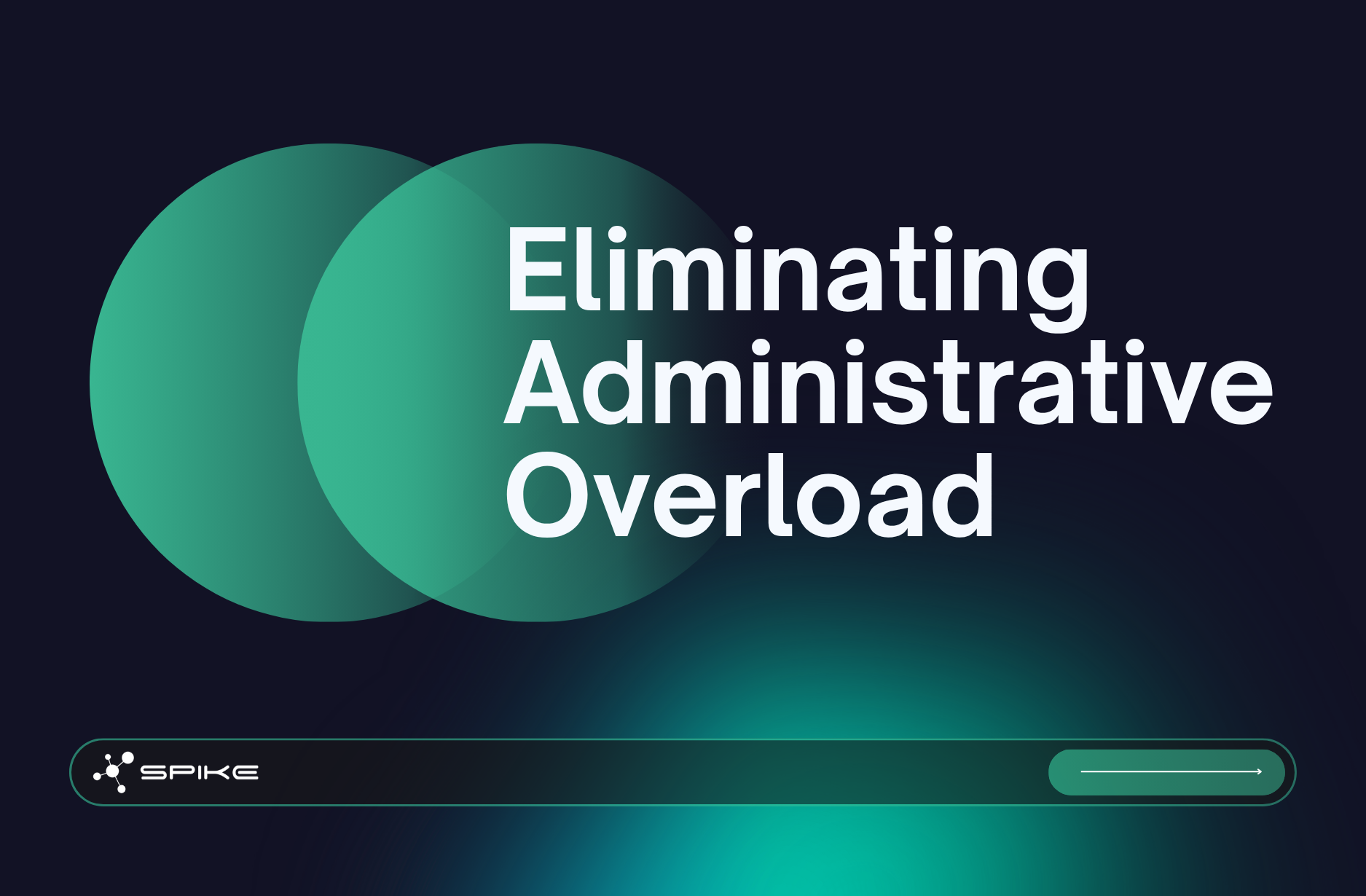Everything You Need to Know About Prior Authorization in 2026

Quick Learnings
- PA is still required for most PT, OT, imaging, and high-cost services. Always check each patient’s plan before scheduling.
- Authorization requirements are increasing. Even low-risk and early PT visits may need PA under some payers.
- Documentation must be perfect. Incomplete IEs, POCs, or referrals can lead to auto-denials by AI-driven payer systems.
- Automation is essential. AI agents can handle calls, portal submissions, and EMR updates to reduce staff burden.
- Delays cost revenue. Missed or expired PAs can lead to claim denials, lost visits, and frustrated patients.
- Real-time verification improves cash flow. Pair scheduling with immediate PA checks to prevent bottlenecks.
- Track expirations and visit usage daily. Even small gaps can snowball into lost revenue and administrative chaos.
- Staff communication is critical. Therapists must complete documentation on time to prevent delays.
- Build relationships with referring providers. Faster referrals lead to faster authorizations.
- Prepare for the future. Real-time electronic PA, automated medical necessity checks, and AI-powered workflows are the new standard.
Prior authorization has always been one of the biggest operational burdens in healthcare. But in 2026, regulatory changes, payer policy shifts, and rapid adoption of automation tools are transforming how clinics handle PAs.
This guide gives you a clear picture of what’s changing, what’s staying the same, and how to prepare your clinic so you don’t get buried in denials, delays, and administrative overload.
1. What Prior Authorization Really Is (and Why It Still Exists in 2026)
Prior authorization is a requirement from insurance payers that certain services be approved before being rendered.
For outpatient rehab and many specialties, this often applies to:
- Physical therapy & occupational therapy visits beyond initial evaluation
- Imaging (MRI, CT, ultrasound)
- Durable Medical Equipment (DME)
- High-cost procedures or injections
- Specialty visits or repeat services
Why it still exists in 2026:
Payers continue to use PA to control utilization, reduce costs, and evaluate medical necessity. Despite pushback, PA remains a core cost-containment strategy, and clinics must adapt to avoid bottlenecks.
2. What Has Changed in 2026: The Big Picture
A. More plans require authorization (even for low-risk services)
Some payers have expanded PA requirements to include:
- Early PT/OT visits
- Post-surgical rehab
- Routine imaging
- Conservative care treatments previously exempt
B. Faster turnaround expectations, but not always faster results
Regulations push for quicker determinations, but staffing shortages at payers continue to slow responses.
C. Increased use of AI by insurance companies
Payers use AI to:
- Auto-deny incomplete submissions
- Flag “higher-risk” cases
- Evaluate medical necessity faster
This means clinics must submit perfectly complete documentation to avoid denials.
D. New federal rules pushing for more transparency
2025–2026 reforms require payers to provide:
- Clearer reason codes for denials
- Public PA metrics
- Faster electronic responses (for plans offering ePA)
But enforcement varies, so clinics still experience inconsistencies.
3. What Has NOT Changed: Persistent PA Problems in 2026
Even with improvements, clinics still face:
- Long hold times when calling payers
- Inconsistent requirements across plans
- Difficulty reaching reviewers
- Sudden policy changes without notice
- Authorizations that expire without alerts
- Duplicate requests or lost submissions
- Retroactive denials for “lack of medical necessity”
This means operational efficiency (not just compliance)matters more than ever.
4. Common Prior Authorization Requirements in Outpatient Rehab (2026)
A. Documentation payers still expect
- Initial evaluation (IE) with objective findings
- Plan of care (POC) with clear medical necessity
- Functional limitations tied to specific impairments
- Frequency, duration, and expected outcomes
- Progress notes for continued authorization
- Updated recertifications every 4–8 weeks
B. Visit caps & triggers
Most payers in 2026 still require updated authorization when:
- The patient reaches 8, 12, or 20 visits
- There’s a change in diagnosis or functional status
- The patient has a lapse in care
- A new episode of care begins
5. 2026 Authorization Workflow (Step-by-Step)
Here’s what the ideal process looks like (and where delays typically occur.)
Step 1: Eligibility & benefits verification
Identify whether PA is required before scheduling.
Common delays: inaccurate benefit info, multiple payer portals.
Step 2: Gather required documentation
IE, POC, imaging notes, MD referrals, etc.
Common delays: therapists completing notes late, missing fields.
Step 3: Submit the PA (fax, portal, phone, ePA)
Different payers still require different submission channels.
Common delays: portal errors, lost faxes, long hold times.
Step 4: Follow-up
Most PAs require 1–3 follow-up calls.
Common delays: staff on hold for 20–80 minutes per call.
Step 5: Determination & communication to staff
Approved, denied, or partially approved.
Common delays: results not documented in EMR, causing billing issues.
Step 6: Tracking expiration & visit counts
Visits used vs. visits authorized must be monitored daily.
Common delays: manual spreadsheets, missed expiration dates.
6. Biggest Prior Authorization Pain Points for Clinics in 2026
- Staff overwhelmed by phone calls and portal submissions
- Missed authorizations leading to claim denials
- Authorization expirations not tracked properly
- Scheduling delays due to incomplete PAs
- Poor communication between therapists and admin teams
- Patients frustrated by long waits to start care
- Increasing payer-specific complexity
Clinics that fail to modernize are losing tens of thousands per year in preventable denials and delays.
7. Automation & AI in Prior Authorization (2026)
By 2026, the biggest shift isn’t new payer policies. It’s AI automation.
What AI can now handle in PA workflows:
- Calling payers and navigating phone trees
- Faxing & retrieving required documents
- Submitting authorization requests through portals
- Monitoring visit usage and expiration dates
- Checking claim status
- Updating EMRs automatically
- Following up until determination is issued
Why clinics are adopting AI agents:
- Human staff cannot manage the growing complexity
- Payers increasingly expect fast, accurate submissions
- Clinics need to prevent revenue leakage
- Turnover in admin positions remains high
The goal:
Zero missed authorizations, zero preventable denials, and zero staff burnout tied to PA workloads.
8. How to Prepare Your Clinic for Prior Authorization in 2026
1. Standardize your documentation
Ensure every IE and POC includes medical necessity language.
2. Centralize and digitize PA tracking
Stop relying on sticky notes and spreadsheets.
3. Train staff on payer updates quarterly
Policies will continue to change.
4. Implement AI-driven automation where possible
Especially for:
- Insurance verification
- Portal submissions
- PA follow-ups
- Monitoring expiration
5. Improve communication between therapists and admin teams
Notes MUST be done on time, or PAs stall.
6. Build stronger relationships with referring providers
Better referrals → faster approvals.
7. Move to real-time scheduling paired with real-time PA verification
To avoid delays in patient onboarding.
9. The Future of Prior Authorization Beyond 2026
Expect continued movement toward:
- Real-time electronic authorization (RTE-PA)
- Automated medical necessity evaluation
- Standardized national guidelines
- Greater transparency around denial reasons
- AI-powered payer portals
- Reduced manual phone interactions
Clinics that invest early will operate more smoothly and maintain competitive advantage.
10. Final Thoughts
Prior authorization is not disappearing in 2026.
But how clinics handle PA is changing rapidly, and those who adapt early will the ones who:
- reduce denials
- improve patient flow
- shorten onboarding time
- protect revenue
- reduce administrative burnout
- modernize operations
Whether your clinic struggles with volume, complexity, or staffing, the right combination of standardized workflows and AI automation can transform prior authorization from an overwhelming burden into a streamlined, almost invisible process. Schedule a complimentary session with Spike's team to discuss your clinic's specific situation & how we can help you solve it.






